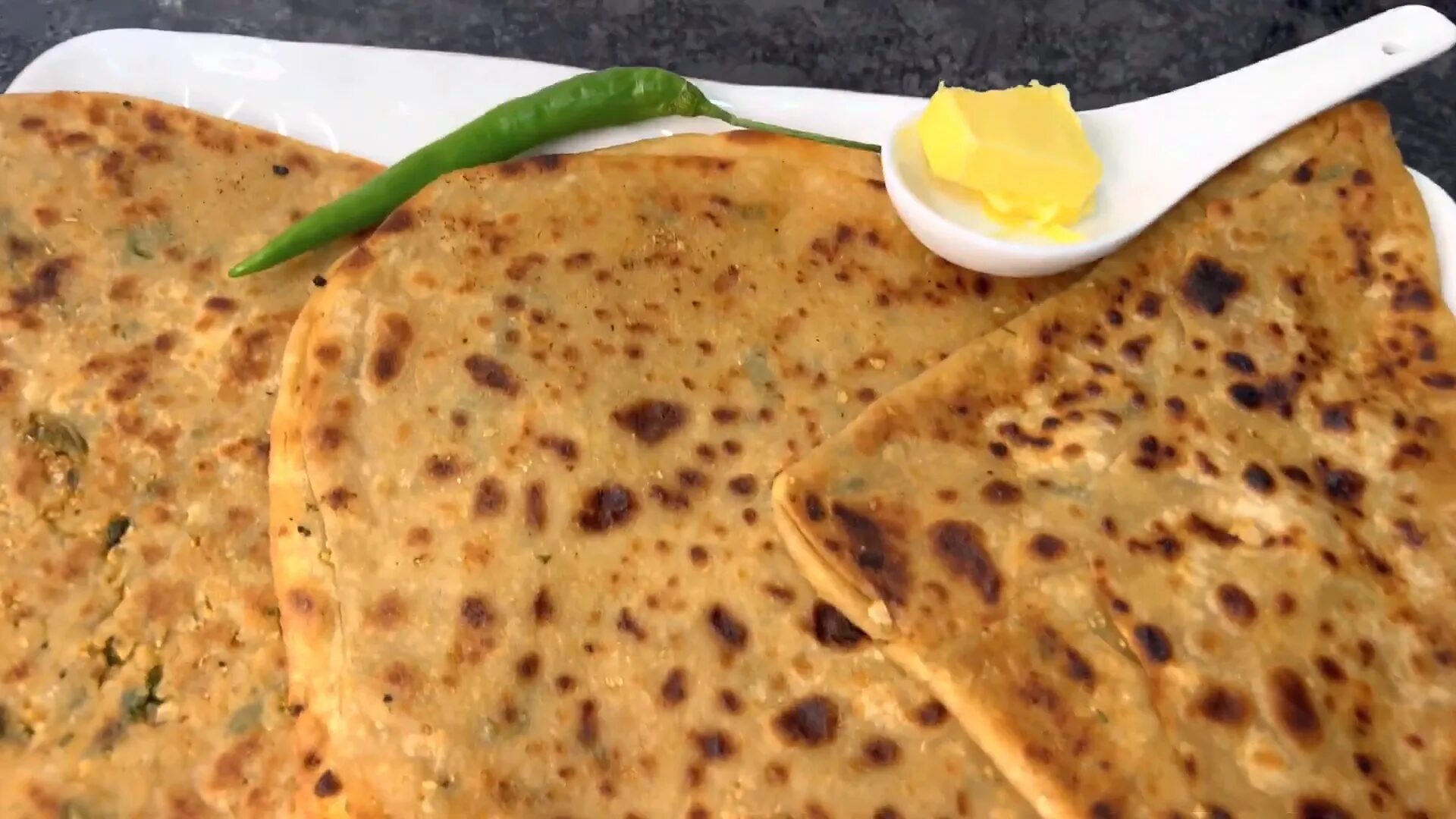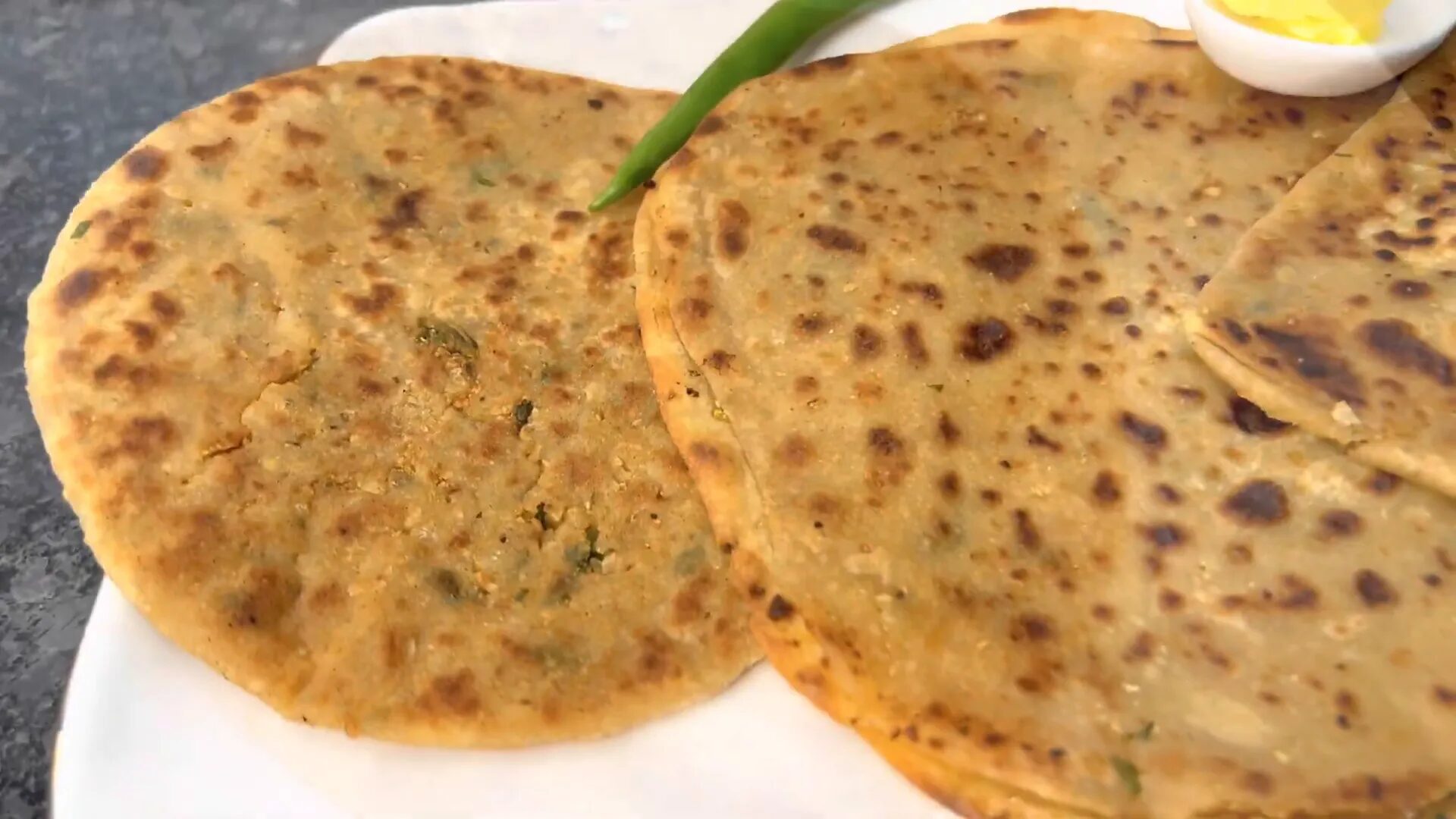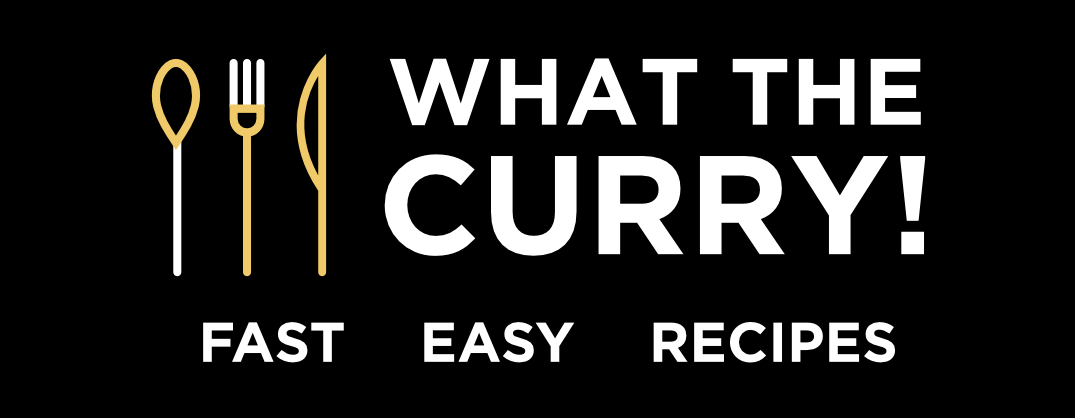Paranthas are a beloved staple in Indian cuisine, known for their versatility and deliciousness. Today, we’re diving into the parantha filling trick that can elevate your cooking experience. Whether you’re making gobi (cauliflower), mooli (radish), or any other type of stuffed parantha, mastering the filling technique is essential for achieving that perfect bite. Let’s explore three different methods to fill your paranthas, ensuring they are tasty and don’t break or leak during cooking.
Understanding the Basics of Parantha Filling
Before we jump into the filling techniques, let’s discuss the essential ingredients needed for a successful parantha filling. The key is to prepare your filling mixture without adding salt initially. Adding salt too early can release moisture, making the mixture too wet to handle. Here’s what you’ll typically need:
- Vegetables of your choice (gobi, mooli, etc.)
- Spices (cumin, coriander, garam masala, etc.)
- Fresh herbs (cilantro, mint)
- Salt (added just before filling)

Method 1: The Triangle Parantha Filling Trick
This method is my personal favorite and a popular choice among many. It involves creating a large, thin roti and folding it into a triangle to hold the filling securely.
Here’s how to do it:
- Start by rolling out a large, thin roti using a small amount of dough.
- Place your filling mixture in the center and gently press it down to form a triangle shape.
- Fold the corners over the filling, ensuring it is well packed and sealed.
- Lightly press the edges to remove any air pockets, which helps prevent breakage during cooking.
- Cook the parantha in ghee on a hot tava (griddle) until golden brown and crispy.

Method 2: The Double Roti Technique
This method involves using two thin rotis to encase the filling, ensuring an even distribution and a crunchy texture.
Follow these steps:
- Roll out two thin rotis, ensuring one is slightly smaller than the other.
- Spread the filling evenly on the larger roti, pressing it down gently to eliminate air pockets.
- Place the smaller roti on top and press down to seal the edges.
- Dust with flour and roll lightly to ensure the filling is securely packed.
- Cook on a low flame with ghee for a crunchy finish.

Method 3: The Traditional Pocket Method
This is the classic way most households use. It’s quick and efficient, perfect for those busy days.
Here’s how to execute this method:
- Roll out a round piece of dough, creating a pocket by gently pressing the center.
- Fill the pocket with your prepared filling, pressing it down with your thumb.
- As you add more filling, gradually seal the edges by folding the dough over the filling.
- Dust with flour and roll gently to flatten.
- Cook on a hot tava with ghee until both sides are golden brown.

Conclusion: Choosing Your Favorite Method
Each of these methods has its own charm and results in delicious paranthas. The parantha filling trick is all about finding what works best for you and your kitchen. Whether you prefer the modern triangle style, the double roti technique, or the traditional pocket method, mastering these techniques will surely impress your family and friends.
So go ahead, experiment with different fillings and methods, and enjoy the delightful world of stuffed paranthas. Happy cooking!
Thank you for joining me today! If you found these tips helpful, don’t forget to like and subscribe for more cooking tricks and recipes.

